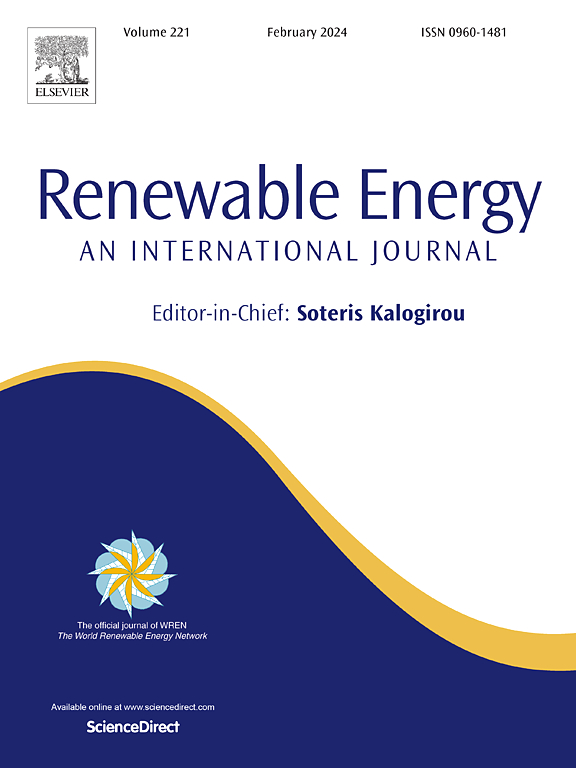利用传递函数和数据包络分析法衡量尼日利亚水电站的宏观效率
IF 9.1
1区 工程技术
Q1 ENERGY & FUELS
引用次数: 0
摘要
持续的电力挑战困扰着尼日利亚,而水电是该国能源组合的重要组成部分。本研究采用三种不同的方法评估了尼日利亚三家运营中水电站的宏观效率:数据包络分析的恒定规模收益法(DEA-CRS)、数据包络分析的输入导向可变规模收益法(DEA-VRS)以及采用转移函数的系统性能系数法(SCOPM)。输入因素包括工时、工厂产能和水流量,而发电量则是输出。DEA-VRS 表明 Shiroro 和 Jebba 的效率最高,而 Kainji 的效率最低。DEA-CRS 表明 Shiroro 效率最高,而 Kainji 效率最低。SCOPM 表明 Jebba 效率最高,Shiroro 效率最低。SCOPM 的标准偏差较高,表明工厂之间的区分度更高。DEA-VRS 结果显示,最大发电厂 Kainji 的规模对其效率有一定影响。由于 SCOPM 结果稳健,研究建议电力运营商和监管机构采用 SCOPM 提高绩效。这项研究的重要贡献在于,它以新颖的方式将 DEA 和 SCOPM 应用于衡量尼日利亚发电厂的效率,并将 SCOPM 应用于衡量发电厂的宏观效率。本文章由计算机程序翻译,如有差异,请以英文原文为准。
Measurement of the macro-efficiency of hydropower plants in Nigeria using transfer functions and data envelopment analysis
Persistent power challenges plague Nigeria, with hydropower constituting a vital component of the country's energy mix. This study assessed the macro efficiency of three operational hydropower plants in Nigeria using three distinct methods: Constant Return to Scale Method of Data Envelopment Analysis (DEA-CRS), Input-oriented Variable Return to Scale Method of Data Envelopment Analysis (DEA-VRS), and System's Coefficient of Performance Methodology (SCOPM) employing transfer functions. Input factors included man-hours, plant capacity, and water flow, while energy generation was the output. DEA-VRS revealed Shiroro and Jebba as the most efficient, while Kainji was the least. DEA-CRS indicated Shiroro as the most efficient and Kainji as the least. SCOPM indicated Jebba as the most efficient and Shiroro as the least. SCOPM's higher standard deviation suggests better discrimination among plants. DEA-VRS result showed that the scale of the biggest power plant, Kainji, has some effects on its efficiency. The study recommends the adoption of SCOPM by electricity utility operators and regulators for performance improvement due to its robust results. The contributions of the research are significant because of the novel application of DEA and SCOPM to measure the efficiency of power plants in Nigeria, and SCOPM for measurement of macro efficiency of power plants.
求助全文
通过发布文献求助,成功后即可免费获取论文全文。
去求助
来源期刊

Renewable Energy
工程技术-能源与燃料
CiteScore
18.40
自引率
9.20%
发文量
1955
审稿时长
6.6 months
期刊介绍:
Renewable Energy journal is dedicated to advancing knowledge and disseminating insights on various topics and technologies within renewable energy systems and components. Our mission is to support researchers, engineers, economists, manufacturers, NGOs, associations, and societies in staying updated on new developments in their respective fields and applying alternative energy solutions to current practices.
As an international, multidisciplinary journal in renewable energy engineering and research, we strive to be a premier peer-reviewed platform and a trusted source of original research and reviews in the field of renewable energy. Join us in our endeavor to drive innovation and progress in sustainable energy solutions.
 求助内容:
求助内容: 应助结果提醒方式:
应助结果提醒方式:


